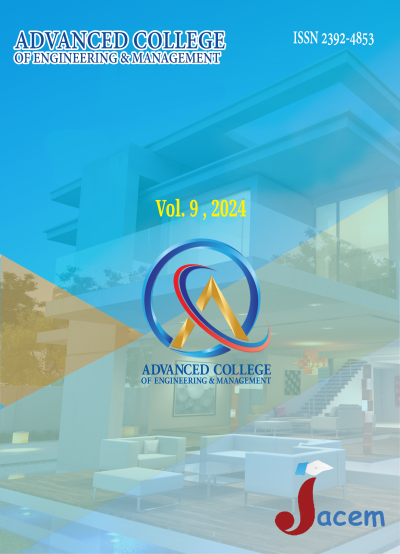Classification and Segmentation of COVID-19 from chest CT image using Deep Learning
DOI:
https://doi.org/10.3126/jacem.v9i1.71400Keywords:
Classification, Segmentation, VGG-16, Resnet50, Dense net 169, Accuracy, ROC, Dice ScoreAbstract
Deep Learning based classification and segmentation of medical imaging data, with special attention to the COVID-19 virus, is a desperately required application. The lives of millions of individuals are being impacted by this pandemic issue. The most frequent result that involves expert evaluation in COVID-19 computed tomography (CT) images of the lungs is ground glass turbidity. In light of this circumstance, some researchers suggest the appropriate deep learning models that, in the absence of trained diagnostic professionals in health centers, can serve as an alternative. Thus, the patient's CT images are categorize into three groups using the algorithm: COVID-19, CAP (Community Acquired Pneumonia), Normal, all with an assured high level of accuracy. The next step involves the use of two datasets for segmentation and classification. Using an image enhancement technique known as CLAHE (Contrast Limited Adaptive Histogram Equalization), noise and intensity uniformity were removed in this project. Normalization of the data and annotation reduce the constraint of a small dataset and expand the dataset size. ResNet50, VGG16 and Densenet169 architectures are used for transfer learning and yield the accuracy during classification are 95.94 %, 94.79 % and 97.00% respectively .Semantic segmentation and Instance Segmentation of medical images has been done where we got Dice value of 0.7348.
Downloads
Downloads
Published
How to Cite
Issue
Section
License
JACEM reserves the copyright for the published papers. Author will have right to use content of the published paper in part or in full for their own work.




